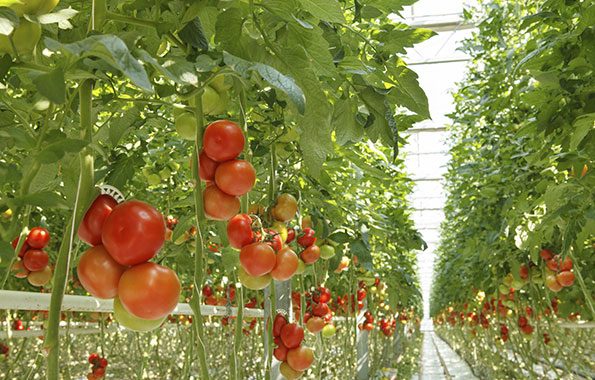15
Jan
Farming has always been a hard life. It’s a livelihood held hostage by the whims of Mother Nature and fickle consumers.
Now you can add the high cost of doing business to the list of things scaring young Americans away from agriculture, and it’s raising concerns that the nation will soon face a dearth of growers.
Jake Carter is a 34-year-old farmer with 330 acres in McDonough, Ga. He grows fruits and vegetables and is the fifth generation of his family to work the land.
“Farming was something instilled in me at an early age,” said Carter, who lives on the farm with his wife and two young daughters. “I didn’t know if this was what I wanted to do after college, but it’s in my blood and it’s hard to imagine doing anything else.”
As much as Carter says he loves his profession, he’s knows he’s part of a minority — being a farmer under the age of 50. According to the United States Department of Agriculture, the average age for a farmer is now 58 and has been on the rise for 30 years. There are now six times more farmers 65 and older than there are farmers 34 and under, according to one study.
“It’s a dangerous situation.”
This has many industry watchers concerned about the future of American farming.
“It’s a dangerous situation,” said Milt McGiffen, a professor and researcher of sustainable agriculture at the University of California, Riverside.
“The aging of American farmers coupled with fewer students in agriculture studies and the fact that so many younger people don’t look at it as a profession to get into is very worrisome,” he said. “We’re not doing enough to solve the problem.”
Reasons for the scarcity of young farmers are easy to find. High farm profits have kept some older farmers working longer, say analysts, creating a slower turnover to a younger group.
Price of doing business
But also keeping the younger generation at bay is the price of doing business, said Jay Jackman, executive director of the National Association of Agricultural Educators, an advocacy group for agriculture education policies.
“Unless you inherit a farm, start-up costs for one are quite high,” argued Jackman. “You’ve got to buy the land, the equipment, find buyers for your product. It’s very hard work. Plus there’s always the uncertainty of the weather. It’s not an easy life.”
Thirty-year-old Leighton Cooley, who runs a poultry farm in Roberta, Ga., said being a farmer requires wearing many hats that don’t fit everyone.
“It’s a hard business,” said Cooley, who is the fourth generation of his family to farm. “It takes a lot of financial investment and you have to be a boss, manager and businessperson as well.”
UC Riverside’s McGiffen said the burden of trying to keep the public’s food supply safe, and other government regulations, make farming almost prohibitive in today’s world.
“There’s too much paperwork and not enough of a free market to make it profitable to farm these days.”
Carter agreed. “I think they could cut down on the regulations,” said Carter. “When it comes to safety, people have to realize we’re growing this food for ourselves as well as others, so we have our own incentives to make it safe.”
After peaking at 6.8 million farms in 1935, the number of U.S. farms fell sharply until leveling off in the early 1970s, according to the USDA. The number of farms in the U.S. declined by 4 percent between 2007 and 2012. About 2.1 million farms are in operation today.
Falling farm numbers reflect growing productivity in agriculture and increased nonfarm employment opportunities. Future job opportunities in agriculture seem to come at the expensive of being a farmer.
